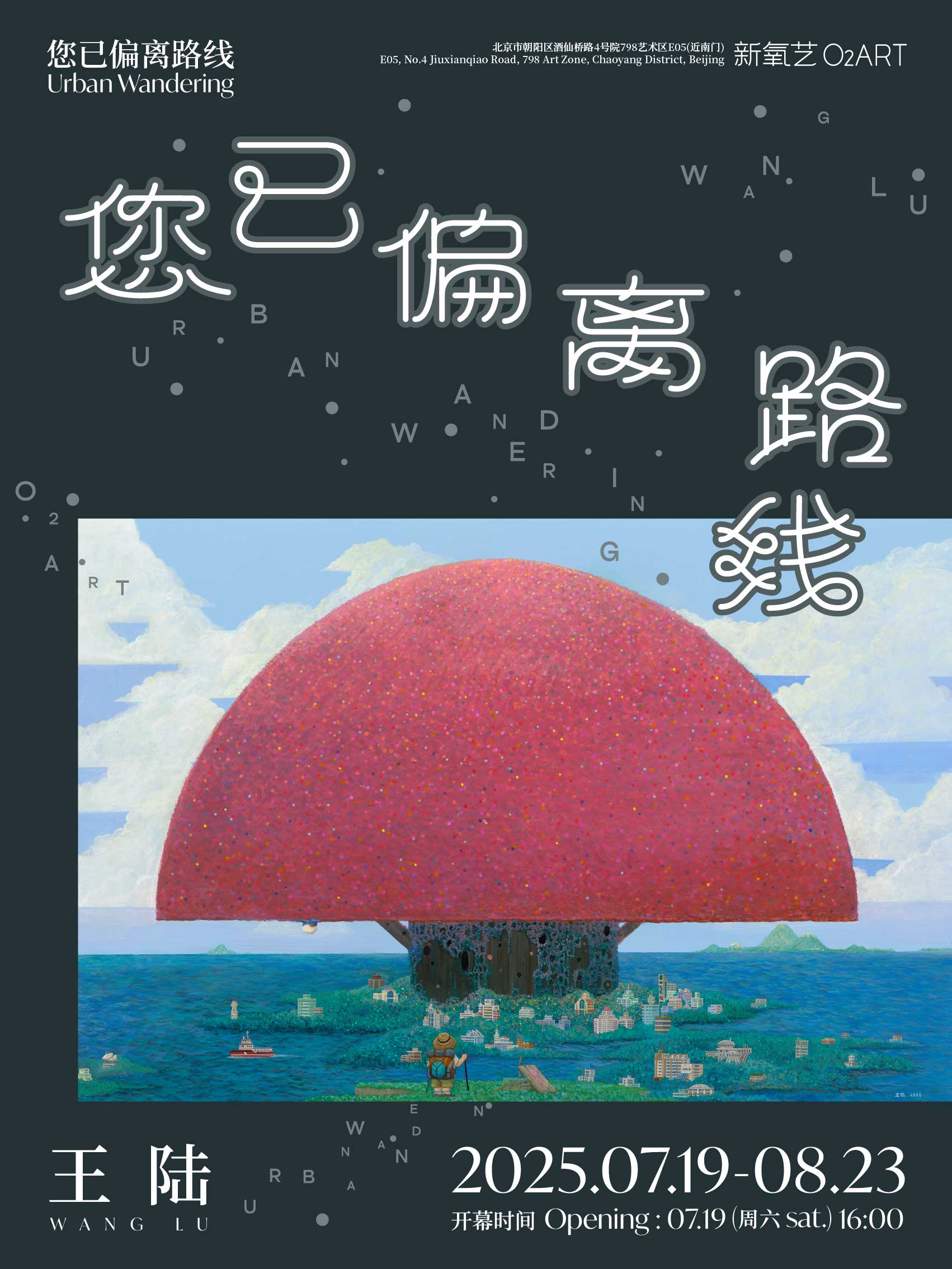Born on the margins in the 1990s, Wang Lu sketches walking routes with a cartographic sensibility from a personal perspective, roaming freely through urban peripheries. Like a mapmaker, he delineates scenes of memory, aesthetics, and temporality. His life trajectory resembles a slow-motion timelapse, transforming observations of these urban fringes into still-frame visual archives. This intentionally unhurried creative rhythm allows him to capture the city’s texture at a microscopic level—from the remnants of Shougang’s industrial architecture to aging residential clusters within the Third Ring Road.
From a perspective akin to slow flight, he captures urban minutiae at the micro-level with an archaeologist-like focus and patience. His methodology reveals striking contradictions: he constructs paintings with the immediacy of acrylics while achieving refined, restrained aesthetics through rational planning; he organizes texture and form within small formats while expanding spatial narratives through a microcosmic approach.
Adopting a builder’s mindset, Wang Lu distills urban memories into nostalgic symbols. By fusing 1990s-pixel aesthetics with bonsai-like forms, he creates playful imagery such as "plump and rounded trees"; industrial ruins become metaphors for organic growth. This juxtaposition disrupts linear narratives with whimsical elements, allowing "distorted" memories to replace objective records.
A distorted color palette dominated by blues and greens, combined with orderly color blocks and lines, forms a unique visual rhetoric of memory. Recurring "shared temporal-spaces"—where industrial ruins transform into incubators of natural growth—amplify a tranquil aura. Between acrylics’ immediacy and rational composition, he strikes a balance of material and form. In small-scale works, texture, shape, and line are meticulously orchestrated, achieving an aesthetic of "refined restraint." This restraint is not formal self-discipline, but a lightness achieved through controlled visual density, seeking buoyancy against the weight of urban history.
Wang Lu’s practice charts a distinct aesthetic coordinate system, maintaining delicate equilibrium between distorted memory and precise depiction, order and playfulness, industrial decay and natural growth. This balance transcends mere compromise; through precise visual language, it elevates personal memory into a gaze upon collective experience.
By metaphorically veiling industrial traces with natural forms, he invites viewers to reexamine the essence of lived spaces. Romance crushed by time reemerges under artistic contemplation. Slowing the process of memory overlay, he maps "shared temporal-spaces" against linear time. This intentional deceleration allows viewers to quietly interpret epochal shifts. The juxtaposition of industrial ruins and natural growth becomes a poetic response to urbanization.

